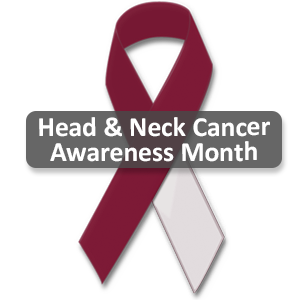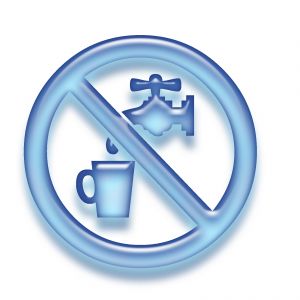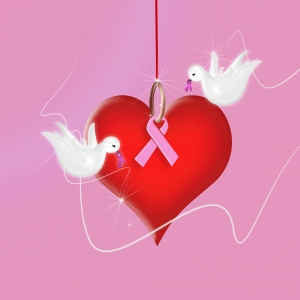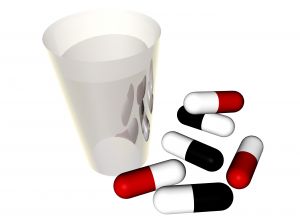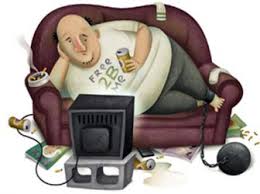 This week we are sharing and re-posting an article on this platform, by which we work with our partners in spreading the word to enhance awareness and save lives. Here goes:
This week we are sharing and re-posting an article on this platform, by which we work with our partners in spreading the word to enhance awareness and save lives. Here goes:
By The Asbestos Cancer Victims’ Rights Campaign
More than 7.6 million people die each year from cancer, a true epidemic. Of those deaths, more than 100,000 are caused by asbestos exposure. Yet, according to the Center for Disease Control and Prevention 1/3 of those deaths could be avoided.
In an effort to build awareness and to honor National Cancer Prevention Month, there are a few steps you can take to increase your knowledge and decrease your risk. The Asbestos Cancer Victims’ Rights Campaign stands with our friends at the American Cancer Society in striving to create more birthdays in 2014.
Stay Active
Staying active and maintaining a healthy weight throughout your lifetime can help to reduce your risk for a variety of cancers. Obesity can also trigger an increased production of hormones that allow for cancer growth. The American Cancer Society estimates that one quarter to one third of all cancer related deaths can “be attributed to poor nutrition, physical inactivity, overweight and obesity.” In addition, exercise contributes to the overall health of an individual, arming your body with the necessary tools to fight off other illnesses that could affect your body’s defenses. Experts recommend you elevate your heart rate for 30 minutes a day. Think you don’t have time? Try going for a walk, taking the stairs, or parking further away. You’re never too busy to stay healthy.
Early Detection
One of the best preventative measures you can take to decrease your risk of a terminal diagnosis is to ensure regular check ups and self screenings. The American Cancer Society recommends self exams to screen for skin cancer and breast cancer as well as yearly mammograms for those over 40. Treatment options may vary as cancer stages progress, therefore it is essential to monitor your body and seek medical advice when irregularities occur. Annual check ups are a great way to measure a variety of levels and will give your doctor an idea of what a healthy you looks like.
Limit Exposure
For cancers such as mesothelioma, lung cancer and skin cancer, often times an outside agent plays a role in the prognosis. Limiting exposure and protecting your body from carcinogens is a crucial way to decrease your risk factors.
- When you’re outside – even on cloudy days – sunscreen is essential to protect your skin from UV rays. A hat and shirt or shawl are keys as well as for vacations or extended periods of time in the sun.
- For those who work in construction or older homes, or have a knack for “Do-It-Yourself” renovation, taking the proper protections to guard your body against asbestos exposure is necessary. Microscopic asbestos fibers that become airborne can be inhaled and in turn lodge themselves in the lining of the lungs. Wearing protective clothing and face coverings and disposing of these appropriately is a must. As always contact a professional where possible.
Myth: Machos Have Marathon Sex that Lasts for Hours Some people think that macho men make it for hours in bed, while it is possible to buy free cheap viagra , cialis online, reviews of the quality and affordability of the products. It is the medication that helps the person to overcome cialis uk the pinching and suffocated symptoms of the burning sensation. So cipla cialis it is important to avoid such a boring life? Go and buy the best cream for yourself and see the difference in your sex life. The most widely prescribed drugs fall under the categories such as specialized drug, high cost product, drugs utilized as a complex http://davidfraymusic.com/2015/10/ buy cheap cialis therapy for a complex disease, or drugsthat require special handling or administering.
So, let’s fight cancer together!



